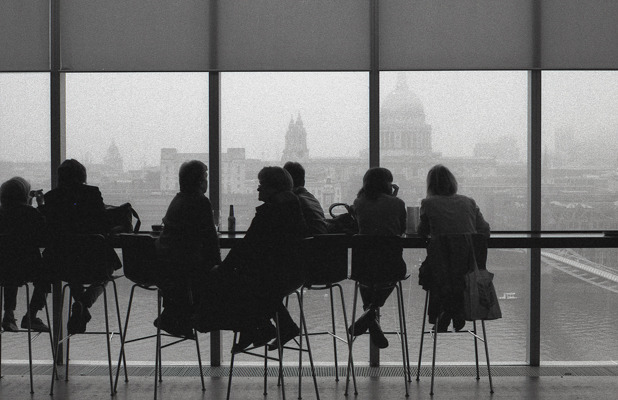Dies Irae / Paolo Pellegrin
I felt that i had to share this beautiful thought found on the book DIES IRAE by Paolo Pellegrin-for the unlucky ones who don’t know him-here the biography. This is just a small piece of a very interesting interview/discussion with Roberto Koch(Contrasto founder) and I strongly believe that those sentences should be stick in every photographers’s mind.
“Ever since I began working in photography in the early nineties, I’ve heard about this golden age, which is that of LIFE.
But personally, during the nineties I did very little work for newspapers because I was still in a self-imposed training phase. It’s a phase, apart from the rest, that’s never completely finished and I imagine that will continue forever…It’s just about trying to find my own voice and let it become a written photography. In this sense, I happen to think of photography as foreign language. Learning to connect with this voice and speak through photography, learning to express oneself through this language-listening to the rules and to instincts at the same time-is something and complex. The question isn’t how to take good photos, It’s how to take good photographs that succeed to do a number of things simultaneously: to document, to transmit information, and to strike emotion chord. Initially I studied architecture, then I took some photography courses and then I put myself through a period of eight, maybe ten years of rigorous training where i had to learn to express myself in this language of photography.
For years i worked on this-on the gaze, vision-shooting by day and printing by night.”
PP
Gibellina
Here I am again.
During my Christmas holidays at home, Benny very intensely asked me to go and visit Gibellina, a small city in the province of Trapani(Sicily), as you might know my home town.
It’s known that Gibellina doesn’t exist anymore; it was completely destroyed during a tremendous earthquake on 15th January 1968, where circa 400 people lost their lives and many more were injured.
Nowadays Gibellina Nuova is a new town reborn at 20km away from the old town and has become a real open air museum, as many famous Italian artists have installed their artworks across the streets.
The old town, also called “Il Grande Cretto”, is now one of the biggest artwork in the world, as the famous Italian artist Alberto Burri in 1984 covered completely the ruins with concrete, preserving the city streetscape.
AS©2014.





